Drawings on the skin have been popular since ancient times. Initially, they were performed by natural dyes, applied to the surface or under the upper layers of the skin. Such tattoos were temporary or constant depending on the application method and had a symbolic, and sometimes magical character. Nowadays, the tattoo is becoming more and more in demand by lovers of this kind of expression. However, not everyone decides to apply an “eternal pattern”, because this procedure is very painful, it costs a lot of money, and do not always know how the skin will react, and whether the final result will arrange. In addition, it will be very difficult to reduce such a drawing in the future - scars may even remain. And here a temporary henna tattoo comes to the rescue - a safe alternative to an ink tattoo.
Content
History of henna tattoos
To make henna tattoos at home is quite simple, for this it is only necessary to master some secrets. You can experiment with a variety of styles and drawings, choose various areas for application and are not afraid that over time it gets tired or disfigured.
It is believed that if you competently apply the tattoo of henna, then it will have powerful magical properties, which depends on the image. Such a drawing can serve as a mental and physiological amulet at the same time, since it does not cause allergies, it opposes dermatological diseases, and in general favorably affects the skin.
Scientists believe that the custom of tattooing the body of henna appeared more than five thousand years ago in ancient Egypt. During excavations, mummies were found, the hair and nails of which were covered by an unusual composition, later it was possible to find out that it was henna. She also stained other areas on the body (feet, palms). In the XII century, such a manner of body decoration was widespread in India, Central Asian countries and North Africa.
The temporary tattoo was called Mehendi, and she was both aesthetic and practical. For Muslims and women, India Mehendi was an obligatory festive attribute, especially related to the wedding ritual of the bride’s body, which has been preserved to this day. The older women of the family and friends of the future bride carefully paint the body to the newlywed with beautiful intricate patterns endowed with sacred meaning. Thus, the temporary henna tattoo for girls became the key to a happy family life, a talisman from the evil eye, diseases and, in addition, freed from any homework until they are completely erased.
In many countries of the East, women inflicted patterns on the body during pregnancy, illness or in front of important ceremonies. The techniques of execution and forms of patterns varyed depending on the region and the state. At the beginning of the Middle Ages, henna tattoo has become an integral part of cultural heritage, a national tradition, today it is a distinctive cultural feature of these countries.
The art of Mekendi has been beyond the limits of Central Asia and East relatively recently. Moreover, various ways of decorating the body, including henna tattoo, until the XVII -XVIII centuries were generally under the strict prohibition of Christianity and were considered a relic of paganism. Today the world has got rid of such prejudices, and everyone can make a temporary tattoo of henna.
Advantages and disadvantages of henna tattoos
There are many advantages of tattoos (the so-called bio-tattoo):
- natural henna has healing properties;
- this is a budget option, but the drawing looks fashionable and “expensive”;
- lack of pain at the time of application;
- this is a universal option that is suitable for any skin, age, gender;
- not demanding in care;
- how much tattoos of henna last - from 5 days to 2 weeks depending on the conditions (frequent shower, constant stay under the sun, bathing in the sea, contact with clothing, etc.).
Among the shortcomings, only the fact that only an experienced master can be drawn can be distinguished, and even the most skillfully executed pattern will “live” no longer than 14 days.
Choosing a figure for henna tattoo
Modern technologies and Internet access significantly facilitate many life tasks, such as, for example, a search for a henna tattoo sketch. It is worth clicking on the button, and hundreds of thousands of various photos of ready-made work or phased master classes will be before the eyes. The choice of a pattern for a temporary henna tattoo will not be so difficult and will not require a scrupulous thought for the smallest details and details as a constant tattoo.
Floral patterns or similar to lace are made in Indian technology will never go out of fashion. For men, these can be stylized images of animals, insects or plants. Do not forget about the hieroglyphs loved by everyone, you just need to responsibly approach the choice of symbols so as not to be in an awkward situation, because the slightest inaccuracy in writing can fundamentally change meaning.
If henna tattoo is planned for a special case: a stylized wedding, showing mod, parties or, for example, graduation, then here you need to think over all the details in accordance with a general way - clothes, makeup, haircut. It is necessary to withstand a single style so that it does not look too extravagant and tasteless. The bride can make a henna tattoo on his hands, as is customary in the countries of Central Asia. It should be remembered that the thinner and the intransigents will be performed, the stronger the magical protective properties of the image.
CHENS COMPARES for Tattoos
In online stores, you can buy ready-made henna paste already packed in tubes for applying tattoos. However, in order to maintain the authenticity of the process, it is better to try to cook paste at home. To do this, you need to purchase a henna that will not contain additional chemical additives and impurities.
To obtain various colors, you can mix henna and bass or buy natural red henno (although it is very difficult to find on the shelves of domestic stores). There is also a colorless henna, but it is not suitable for creating tattoos. Color and durability will depend on how high -quality the ingredients used are and proportions are correctly observed during mixing.
A solvent for henna powder is natural black coffee, strong black tea or red wine. For fermentation and oxidation of pasta, sugar, lemon juice and various vegetable oils (clove or eucalyptus oil) are used. Paste is not prepared in advance, since when in contact with the air, it loses its properties. There is no single henna recipe for tattoos. In every country, in each region, each family had its own methods and secrets that were passed down from generation to generation.
However, there are three basic recipe (always use ceramic, glass container or dishes made of heat -resistant plastic):
- The first option is closest to ancient Indian recipes. Sift the henna powder to get rid of large particles. To brew a very strong black tea and let him brew, but do not cool. Strain half a cup of tea leaves (100 - 150 ml), add 2 tbsp. l. sugar and juice of the half of the lemon. Dilute with this mixture to the consistency of thick sour cream. The resulting liquid is well wiped through a sieve. Let stand for about 15-20 minutes. The finished paste should resemble the glaze - not too thick and not too liquid. The resulting composition, tightly closing, can be stored in the refrigerator for no more than 2 days.
- For the second recipe, you need to take sifted henna powder, juice of one lemon, 50 ml of strong brewing and a few drops of eucalyptus oil. Mix the tea leaves and lemon juice and gradually introduce the resulting liquid into dry henna. Mix thoroughly until a homogeneous state. Just as in the first version, wipe through a sieve. Leave the finished mixture for 4 hours in a dark cool place.
- Prepare the sifted henna powder, 150 ml of ground brewed strong coffee, 2 tbsp. l. lemon juice, 5 drops of clove and eucalyptus oils. Mix the resulting ingredients until a thick homogeneous mass without lumps is obtained. Leave the mixture to infuse for 2 hours.
- Video recipient preparation of homogeneous henna to create thin detailed compositions:
Application of henna tattoos
The finished chilled paste is placed in a special syringe, a plastic bag or paper cone. The hole on the tip must be made as small as possible so that the lines are thin and neat. If the henna particles clog him, then it is necessary to extract or push them with a thin needle. If this is a purchased tube, before use it is thoroughly kneaded.
You can apply “mehendi” with wooden sticks, brushes, tubes, stacks. Salons and online stores offer a wide selection of original stencils, templates and interchangeable nozzles for applying henna tattoos. They can be disposable or for repeated use. However, all these innovations should not limit the manifestations of your own imagination, because there are a great many options for creativity in this direction.
How to apply mehendi:
- Before applying the picture, carefully prepare the skin. Degrease the selected area, thoroughly washing with soap or wiping a swab dipped by an alcohol -containing face for the face. The more iron the surface of the skin, the more durable and high -quality the result will be.
- Remove the dead skin particles with peeling or washcloth, but do not overdo it so as not to get irritation, otherwise the session will have to be postponed.
- Also remove the hair from the proposed area, because they hold the paint longer than the skin. Therefore, henna tattoo from the skin will disappear earlier than from painted hairs. It is better to shave the hair, not pluck or remove the epilator so as not to cause irritation.
- Cosmetic pencil with a dotted line, apply barely noticeable main lines of the drawing - this will greatly facilitate the image.
- Treat the skin with eucalyptus oil. As an alternative, you can use ordinary petroleum jelly or fat cream of organic components. The fat layer increases the time of drying of the paint, and therefore the time of its effect. Oil opens pores and promotes better penetration of the coloring pigment. Due to this secret, the color of the picture becomes more saturated. No more than three drops of eucalyptus oil should be used so as not to cause skin irritation. If the skin is prone to allergies, it is previously recommended to carry out a test - drop a little on the wrist and do not wash for several hours, then evaluate the effect.
- Apply a drawing along the intended contour. In the process of operation, flaws and inaccuracies can be immediately removed with a cotton swab, which will allow a beginner not to spoil the “picture”.

- After completing the creation of the picture, it is necessary to let it dry completely. If the image was created using a template or a stencil, then the device remains fixed on the skin until henna dries completely. The drying process on average takes at least 1 hour. If you hurry, then the tattoo color will turn out to be less intense, or after some time will disappear.
- Henna tattoos are usually applied and dried in heat. After complete drying, the paste should be thoroughly removed from the skin. For this procedure, you can use a special scraper, scarf, dry cloth or blunt knife rib. You can’t wash off the picture!
- Wipe the pattern with any vegetable oil: sesame, olive, clove, almond, mustard or eucalyptus. This will fix it, give shine, saturation of the tone of henna and calm the skin.
- You can complete the work with a decoration of the picture with special dry sparkles or rhinestones.
Care for henna tattoos
From the above information it becomes clear that henna tattoo is on average up to three weeks. And in order to consolidate the effect for a longer period, it is necessary to observe several simple rules for the care of Mehendi.
How to care for Mehendi:
- Observe all the rules for preparing the skin for henna. You can also use special oil for mehendi instead of eucalyptus and other oils, which is sold along with a coloring composition.
- When applying a paste, the thickness and uniformity of the layer should be withstanded - the too thin layer will not give the desired effect. Let the finished pattern completely dry.
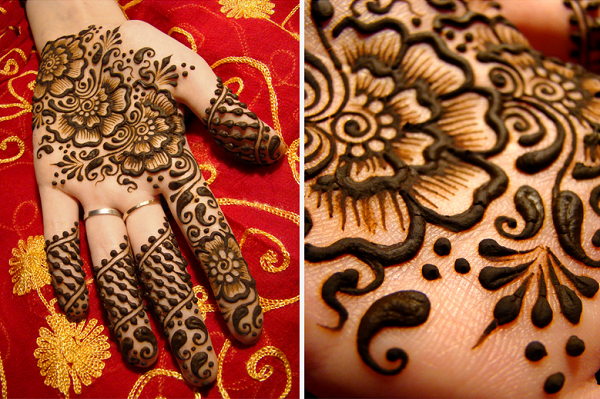
- After removing a dried pasta, the tattoo will be a light honey. The color darkens and manifests itself completely only the next day. Therefore, it is strictly not advisable to wash or wet the drawing within a day after its application.
- Heat tattoo must be wiped with oil and the next day after application, when the color already begins to appear.
- Mehendi is a temporary tattoo, and the coloring pigment of henna penetrates only into the upper layers of the skin. Therefore, in order to extend the life of such a decoration, you need to try not to rub this place with a washcloth, not to use aggressive detergents or scrubs. Contact with clothing is also undesirable.
- The last advice will undoubtedly become the most useful - if your henna tattoo has become pale, but has not yet had time to get bored, just update it!


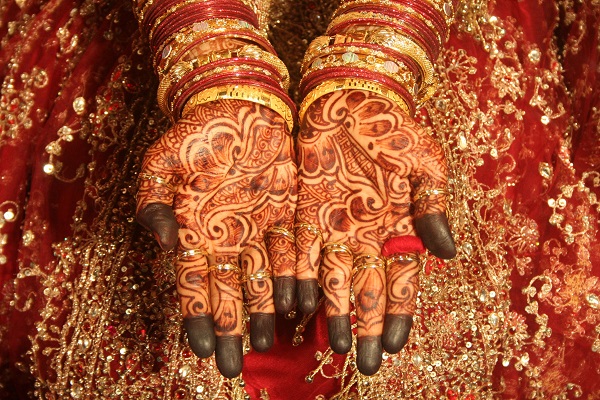


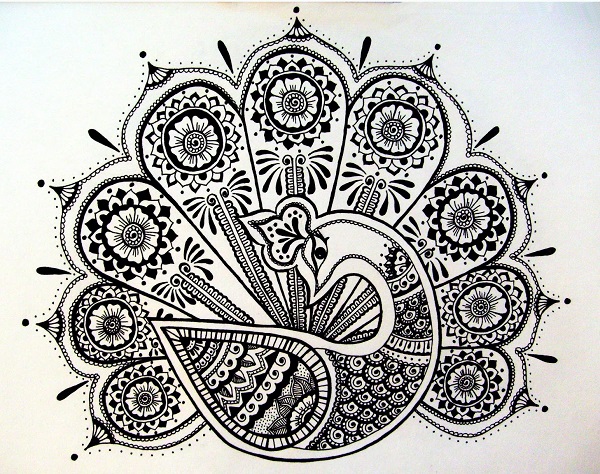
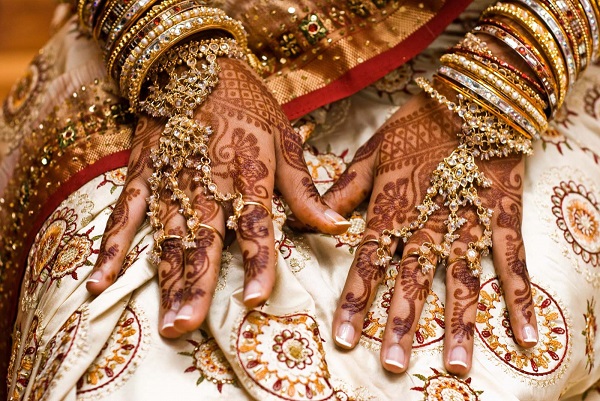
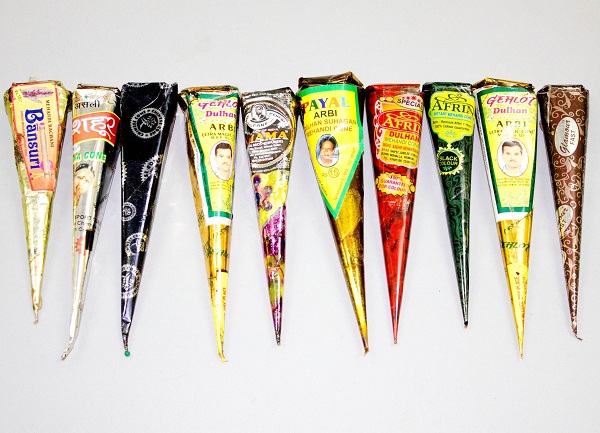










Comments
a couple of years ago, there was no side of metrogils from the same problem, there were no side effects ...
I’m not a fan of peeling at all, it saves from acne of metrogil, it also smoothes it ...
Great article! ...
I take the second course of the Capsules Climafite 911. The tides went very quickly. It became calmer, irritability went away and I sleep well ...
i also noticed - it is worth nervous, everything immediately affects the face. Therefore, I try to avoid conflicts and unpleasant people. Of the creams, I like Miaflow from wrinkles - smoothes not only small wrinkles ...